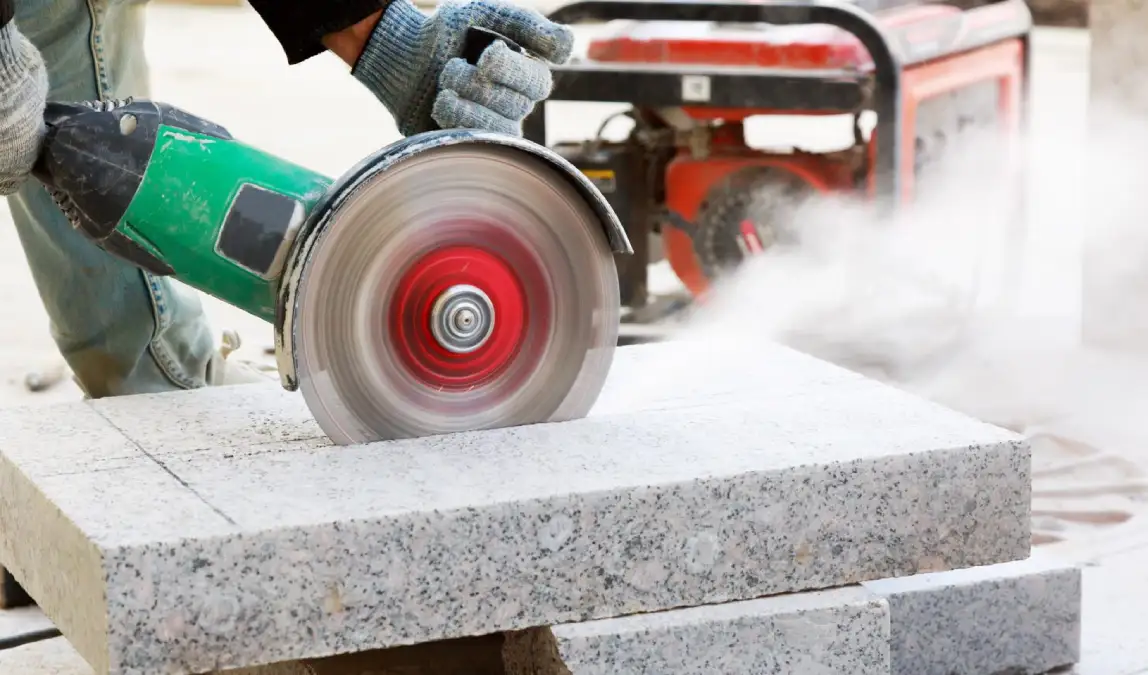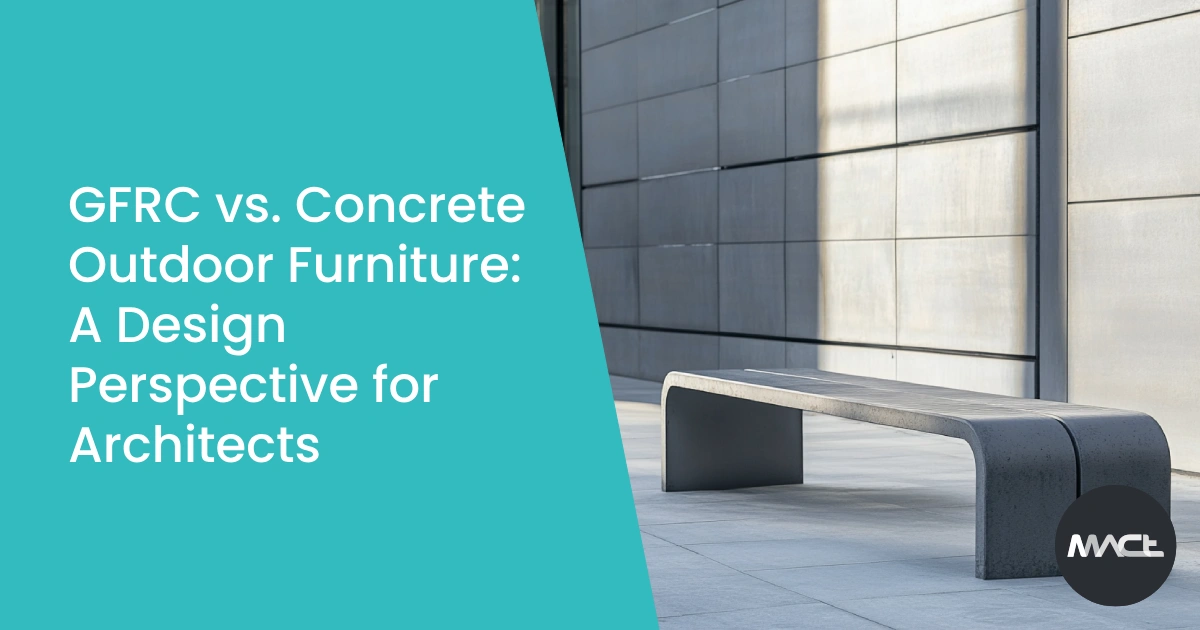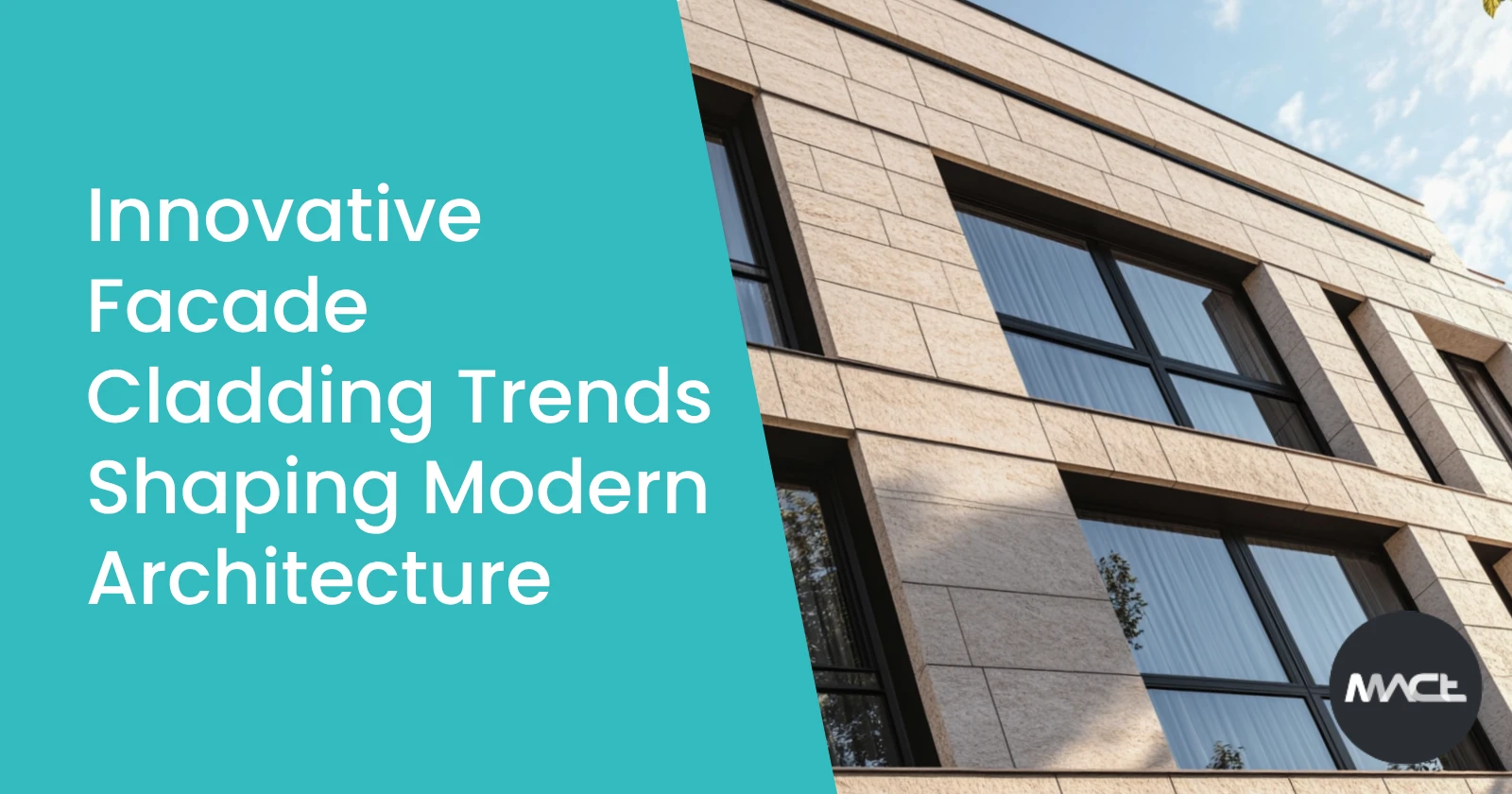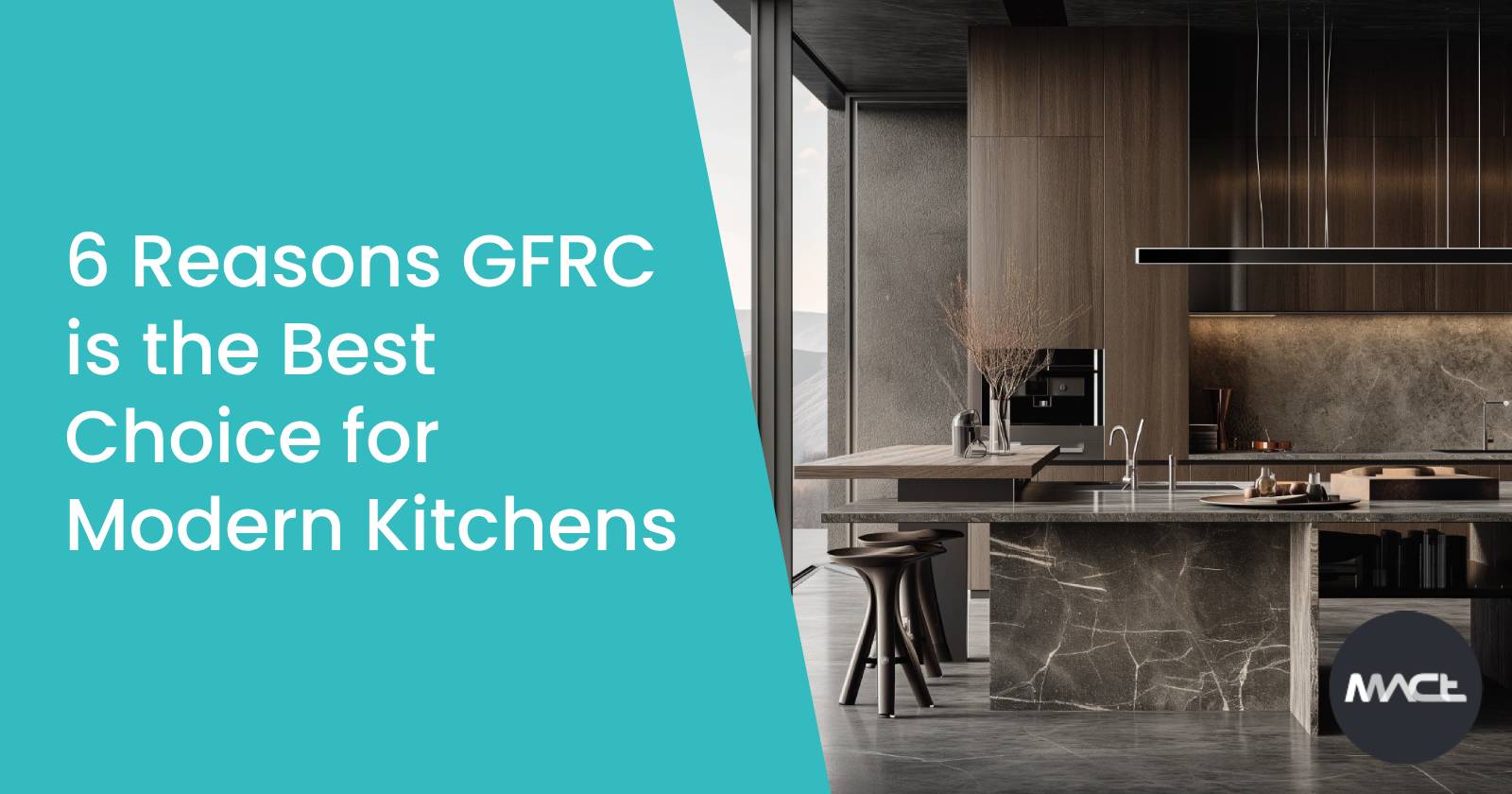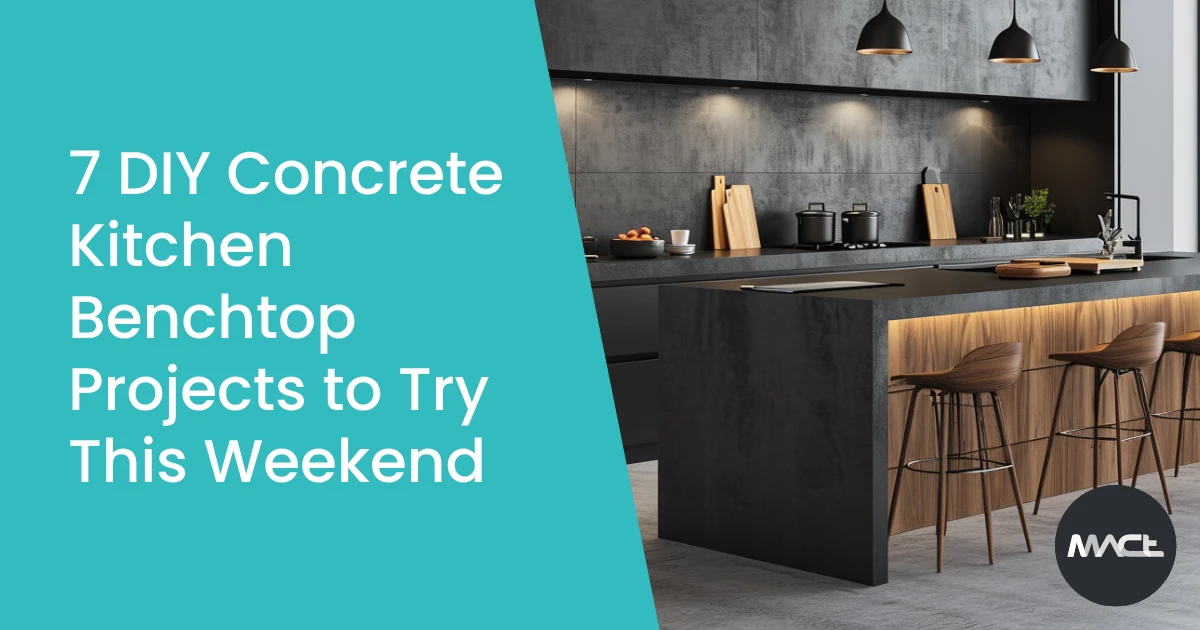The construction world faces a significant paradigm shift with the ban on engineered stone. Rising concerns about silica free building materials have triggered a search for safer, more sustainable alternatives. Amidst this evolution, Glass Fibre Reinforced Concrete (GFRC) stands out, heralding a new era in building solutions. MACt, a leader in the GFRC field, is pioneering the development of advanced, innovative alternatives that redefine modern construction standards.
Why Engineered Stone is No Longer an Option?
The Quest for Alternatives: Beyond Engineered Stone
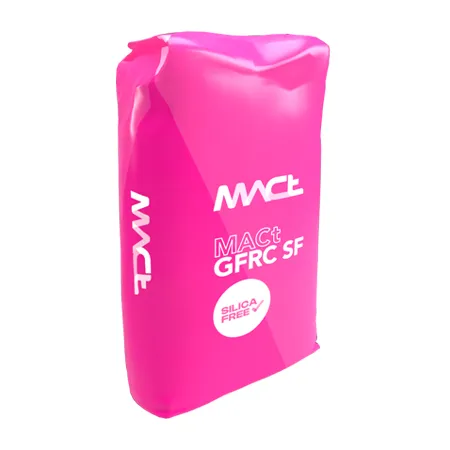
The Quest for Alternatives: Beyond Engineered Stone
MACt: A Frontline in the GFRC Revolution

MACt’s role in the GFRC landscape is pivotal. Our commitment to innovation has led to the developing of cutting-edge GFRC products and solutions that surpass traditional industry benchmarks. Our products epitomise the fusion of technology and practicality, offering superior quality, enhanced durability, and unparalleled design flexibility, shaping the construction industry’s future. Explore our “Gallery” for inspiration in DIY Concrete, showcasing the myriad possibilities with MACt’s innovative solutions.
Pioneering Partnerships: MACt and Hungry Wolf Studios
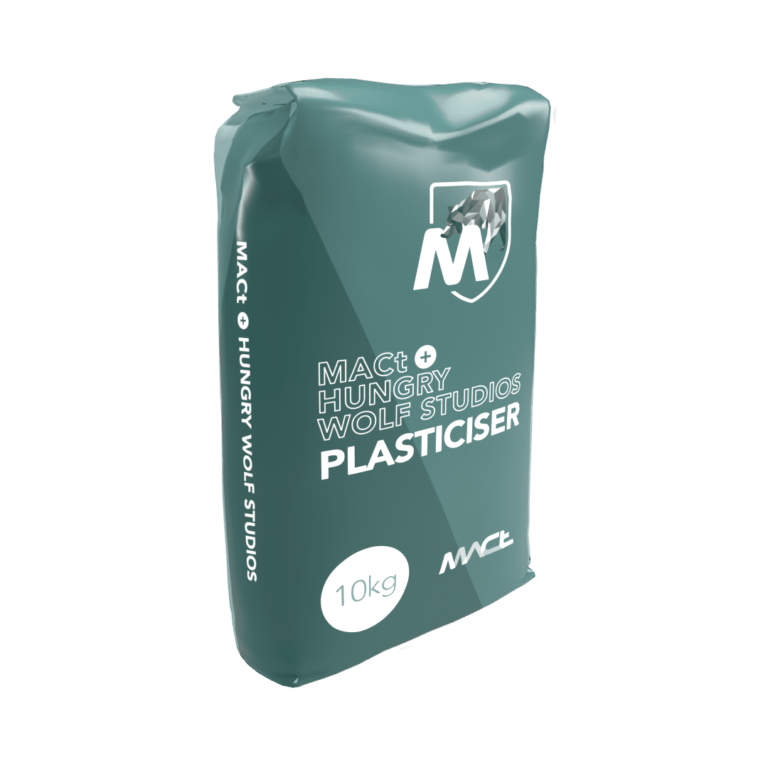
The collaboration between MACt and Hungry Wolf exemplifies a successful fusion of technical expertise and artistic vision. This partnership has produced innovative GFRC applications, demonstrating the material’s versatility in functional and aesthetic realms. These collaborations highlight MAC’s dedication to driving GFRC technology forward, proving its potential in diverse construction scenarios.
Attracting a Diverse Audience: GFRC’s Wide Appeal
Engineer Stone vs GFRC
Engineered stone is man-made, composed of crushed stone and resin. It mimics natural stone’s appearance, is durable, and resists stains and scratches. Ideal for kitchen countertops and bathroom vanities, it offers consistent patterns and colours. It requires minimal maintenance, is non-porous, and cost-effective.
GFRC (Glass Fibre Reinforced Concrete) is a lightweight, strong composite material used in architecture. It is perfect for complex shapes and intricate details, resisting weather and corrosion. GFRC is versatile, eco-friendly, and suitable for interior and exterior applications.
